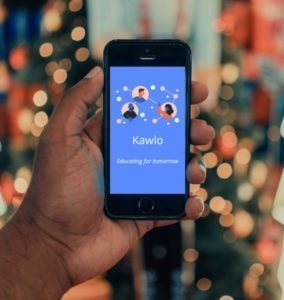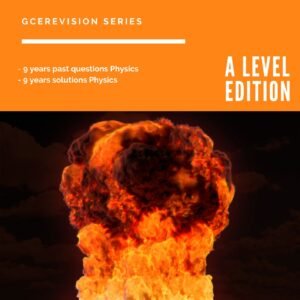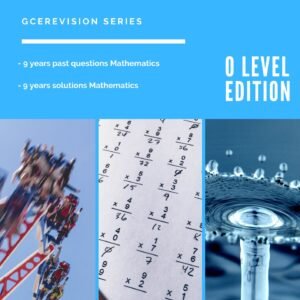| A noun names a person, place, thing, or idea.
Usually, the first page of a grammar book tells you about nouns. Nouns give names of concrete or abstract things in our lives. As babies learn “mom,” “dad,” or “milk” as their first word, nouns should be the first topic when you study a foreign language.
For the plural form of most nouns, add s.
- bottle – bottles
- cup – cups
- pencil – pencils
- desk – desks
- sticker – stickers
- window – windows
For nouns that end in ch, x, s, or s sounds, add es.
- box – boxes
- watch – watches
- moss – mosses
- bus – buses
For nouns ending in f or fe, change f to v and add es.
- wolf – wolves
- wife – wives
- leaf – leaves
- life – lives
Some nouns have different plural forms.
- child – children
- woman – women
- man – men
- mouse – mice
- goose – geese
Nouns ending in vowels like y or o do not have definite rules.
- baby – babies
- toy – toys
- kidney – kidneys
- potato – potatoes
- memo – memos
- stereo – stereos
A few nouns have the same singular and plural forms.
- sheep – sheep
- deer – deer
- series – series
- species – species
Count nouns
Can be counted as one or more.
- pen, computer, bottle, spoon, desk, cup, television, chair, shoe, finger, flower, camera, stick, balloon, book, table, comb, etc.
Take an s to form the plural.
- pens, computers, bottles, spoons, desks, cups, televisions, chairs, shoes, fingers, flowers, cameras, sticks, balloons, books, tables, combs, etc.
Work with expressions such as (a few, few, many, some, every, each, these, and the number of).
- a few pens, a few computers, many bottles, some spoons, every desk, each cup, these televisions, the number of chairs, a few shoes, a few fingers, many flowers, some cameras, every stick, each balloon, these books, the number of tables, many combs, etc.
Work with appropriate articles (a, an, or the).
- a pen, the computer, a bottle, the spoon, a desk, the cup, a television, the chair, a shoe, the finger, a flower, the camera, a stick, the balloon, a book, the table, a comb, etc.
Do NOT work with much (for example, you would never say much pens or much computers).
Non-count nouns
Cannot be counted. They usually express a group or a type.
- water, wood, ice, air, oxygen, English, Spanish, traffic, furniture, milk, wine, sugar, rice, meat, flour, soccer, sunshine, etc.
Generally cannot be pluralized.
Work both with and without an article (a, an, or the), depending on the context of the sentence.
- Sugar is sweet.
- The sunshine is beautiful.
- I drink milk.
- He eats rice.
- We watch soccer together.
- The wood is burning.
Work with expressions such as (some, any, enough, this, that, and much).
- We ate some rice and milk.
- I hope to see some sunshine today.
- This meat is good.
- She does not speak much Spanish.
- Do you see any traffic on the road?
- That wine is very old.
Do NOT work with expressions such as (these, those, every, each, either, or neither).
| Possessive nouns are used to indicate ownership.
Possessive nouns usually are formed by adding an apostrophe (‘) and s.
- John’s book
- Kerry’s car
- Grandma’s mirror
When a noun is plural and ends in s, just add an apostrophe (‘).
- The kids’ toys
- My parents’ house
- The teachers’ lounge
If two people own one thing, add the apostrophe and s to the second person only.
- John and Mary’s new house
- David and Sue’s wedding
- Tom and Doug’s car
If two people own separate things, add the apostrophe and s for each person.
- Susan’s and Beth’s books
- Jean’s and Dan’s pants
- Ben’s and Jim’s offices
| A pronoun takes the place of a noun.
Example story:
Mary is one of the heads of the ToJi Corporation. Mary works with Mr. James and Mr. James’ son Tom. Mr. James and Mr. James’ son Tom are experts in biochemistry. Mary, Mr. James, and Tom researched and invented a drug for cancer treatment.
If the story above is written using pronouns:
Mary is one of the heads of the ToJi Corporation. She works with Mr. James and his son Tom. He and his son Tom are experts in biochemistry. They researched and invented a drug for cancer treatment.
Personal Pronouns
Personal pronouns refer to a person:
- I go to school.
- You are a student.
- They are Koreans.
- He works here.
- We gave her food.
The word ‘it’ refers to an object:
- I drank it.
- It is big.
- They cut it into halves.
Memorize the personal pronouns:
|
First |
Second |
Third |
| Male |
Female |
Neutral |
| Singular Subject |
I |
you |
he |
she |
it |
| Singular Object |
me |
you |
him |
her |
it |
| Singular Reflexive |
myself |
yourself |
himself |
herself |
itself |
| Plural Subject |
we |
you |
they |
| Plural Object |
us |
you |
them |
| Plural Reflexive |
ourselves |
yourselves |
themselves |
|
|
|
|







